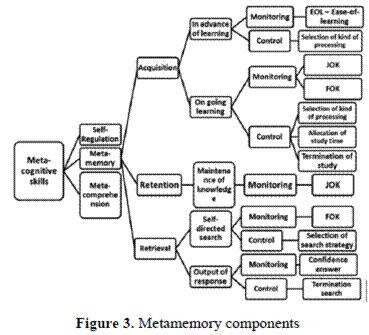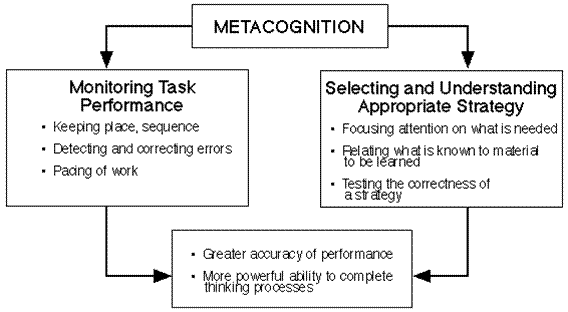
Our School like many schools invest time in researching best practice and reviewing our learning and wellbeing models we offer to our students and parents. We have spent the past 3-4 years focussed on research based evidence looking into learning and wellbeing for our students. We have been building our own model of learning drawing on best practice from the field. Just to namedrop two people most reading this may or may not be aware leading this discussion in Australia and the world are Professor John Hattie and Professor Donna Cross. Hattie is giving us the data and evidence informed discussion and Donna Cross has helped us with the social, and emotional resilience building capacity of our students. There’ll be a PhD later for someone to write up of our journey meanwhile………this has been and continues to be a long journey for the school, arguably longer than if the school had made the decision to purchase a ONE learning model off the shelf and dedicate the resources into training and then implementing this model in the classroom.
But this is no guarantee either of success with implementing change, especially when it comes to change in the field of education. I have been in a school that once used Habits of Mind as it’s guiding pedagogical philosophy and upon entry to the school all new staff were given a Habits of Mind training manual to read of over 500 pages. Needless to say as the original people who brought it into the school left, little was left of the program because all staff had not engaged and adopted the change in practices being called upon. Just posters on walls and manuals in the library handed to new staff!!
So the gradual, build it yourself model we’ve adopted has it’s place and reveals many characteristics for staff and school leaders along the way like resilience, persistence, collaboration, frustration, and failure that we ask of our students everyday to experience at school. It has been exhilarating not having all the answers whilst also frustrating for many who want to have all the answers to the many questions our model of learning is throwing forth. So we are now as a school getting closer to the end point of research, discussion and consultation and modification over the period to formalise our beliefs and implement our ideas through action and school programs.
We call our model LIBERATE.
Liberate Model of Student Wellbeing
Within our model there are 4 major pillars for effective wellbeing:
1. Resilience of the Learner
2. Social Capital for the students
3. Healthy and Safe Environments for all
4. Quality Teaching provided.
We have had large numbers of staff working as iLeaders (teachers of pedagogy/design with reduced class loads) for the past 3-4 years working across all faculties developing the capacity and programs of all departments to implement Liberate and build greater consistency and school frameworks across all area. Stage 4 units have been our starting point initially and all units are organised in sections that match the components of the Liberate model. Like many schools some departments have pushed ahead quicker and Liberate has already moved into Stage 5 and 6 programs.
Naturally the ‘sub components’ overlap and can apply to several if not all the pillars. For example ‘Positive Relationships’ ties closely to building resilience – ‘having supportive relationships especially with family members and peers’. The same component also applies to ‘Social Capital’ – ‘networks of trust, responsibility, and support that exist between members of a group’. Much like learning rubrics every department has one which is different or unique but the broad outline and shape is consistent.

For ease of progression we have put the components most closely associated with each pillar under that pillar. Please keep in mind that they would apply across all 4.
Each of the sections is divided into parts to help develop your understandings.
1. Prior Knowledge: Each starts with asking you about your Prior knowledge. It is important to list some samples so that others can gain a deeper understanding of what it means to various people who do this course.
2. Definition/s: Each sections contains a definition of the component or pillar according to an expert in the field. We also add descriptions of how we see it in this school.
3. Expert in the field: Where possible we have included and world wide expert who shares their views on the component. Hopefully you will see that this model is based on research and views or leaders in the education field globally. It is a framework for good teaching practice.
4. Definition in practice -Where possible we have included short video samples of either students in action, their thoughts or the thoughts of practitioners who are applying the Liberate model. You can see a sample clicking on the link above.
5. Liberate pointers: We have listed the most appropriate pointers in the hope of creating a shared understanding of the types of skills, action, environment qualities and leadership qualities that would apply in each component.
6. Research and links: Finally we have included links to quality research for each component. This is by no means a definitive list but does offer some background and extension reading should you require it.

We’re not finished still plenty to do but many many positives to come out of this process of continual learning and growth for the school for parents, teachers and students as we move forward into our next planning cycle 2015-18.










